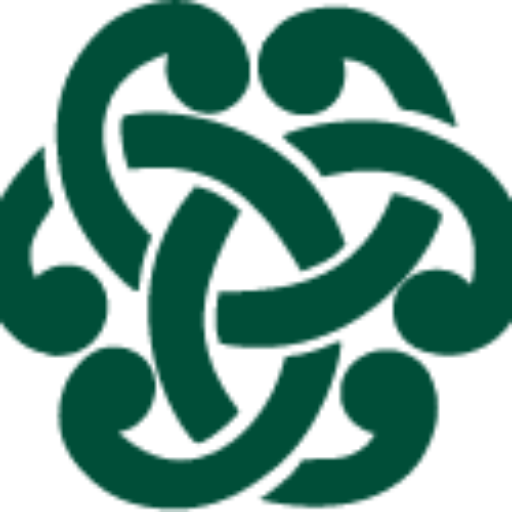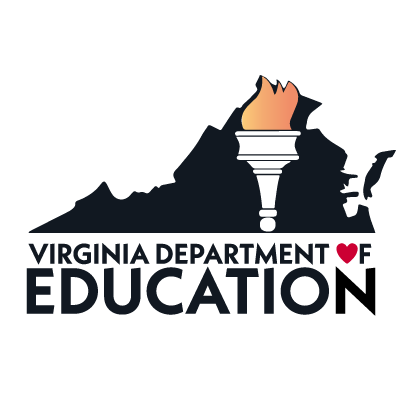Teacher’s Edition:
5 Strategies for Increasing Student Engagement
By Mackenzie Turbeville-McCorry
Administrator’s Corner below
——————————————————————————————————————–

Inclusive school leaders are continuously balancing the needs of teachers and students. One of the factors leaders need to consider is the design of professional learning. Professional learning for teachers should provide a model for student instruction (Harper-Hill et al., 2022), and engagement should be at the top of the priority list. Learners of all ages need to be actively engaged to benefit maximally from learning experiences (Himmele & Himmele, 2017). While high engagement is a best practice for all learners (students & adults), students with disabilities must be provided with specially designed instruction with high levels of active practice and individualized engagement opportunities (Marzano & Pickering 2010, as cited in Beninghof, 2022).
Beninghof (2022) identified five components of the professional growth cycle in which special education teachers engage in to develop highly effective specially designed instruction (see Figure 1).
Figure 1
Professional Growth Processes

(Beninghof, 2022, p. 26)
Special education teachers who engage in these professional growth processes in collaboration with their general education partners are better positioned to close specific student skill gaps. General education teachers who are engaged in these processes with their special education partners are better positioned to maximize the learning of all students, regardless of disability status. Beninghof’s components of professional growth are comparable to the Cycle of Data Driven Planning (Aceves & Kennedy, 2024, p. 50) reviewed in the December 2024 Link Lines Administrators’ Corner, Checking in on Specially Designed Instruction.
Inclusive school leaders can facilitate professional growth processes for special education teachers by considering the individual engagement needs of each professional. Harper-Hill et al. (2022) identified interactions between internal and external factors that impacted teachers’ perceptions of, and receptiveness to, professional learning (see Table 1).
Table 1
Factors Impacting Credibility and Authenticity in Professional Learning
| Internal Factors | External Factors |
| Teacher Agency | Perspectives on Professional Learning |
| Teacher Efficacy | Sources of Expertise |
| Teacher Motivation | Access to Communities of Practice |
| Characteristics of Digital Resources |
(Harper-Hill et al., 2022)
When internal teacher factors (i.e., agency, efficacy, motivation) are addressed in professional learning experiences, teachers are more likely to be engaged. Professional learning designed around internal teacher factors are more likely to result in changes in practice that result in improved student outcomes (Harper-Hill et al., 2022). Teachers can be skeptical consumers of mandatory one-size-fits-all professional learning. Effective school leaders plan to mitigate any skepticism by designing opportunities that honor individual learners as a model for learning opportunities offered to students. Given the critical importance of student engagement in specially designed instruction (Beninghof, 2022), teacher engagement must be at the core of all professional learning opportunities. One of the most effective ways to engage teachers is to give them time to practice and apply their learning during professional development opportunities (e.g., create relevant lesson plans and materials for upcoming instruction).
The student engagement factors identified by Marzano and Pickering (2010, as cited in Beninghof, 2022) are “emotion, student interest, an understanding of importance, and a sense of efficacy” (p. 26). These factors align with the internal factors that impact productive engagement of teachers in professional learning. School leaders should also consider the recently reorganized high-leverage practices (HLPs) for students with disabilities (Aceves & Kennedy, 2024) which embed the student engagement HLP 18 into the broader pillar practices under the instruction in behavior and academics domain (see Figure 2).
Figure 2
Instruction in Behavior and Academics


The broader HLP pillar practices establish the themes for high quality specially designed instruction and the embedded specific practices provide the methods for operationalizing the HLPs. HLP 18, use strategies to promote active student engagement, is detailed as a separate embedded practice, but all the embedded practices contribute to overall engagement. Professional learning opportunities should include specific models of embedded practices and relevant real-life application over time (Harper-Hill et al., 2022).
Inclusive school leaders need to be reflective about the professional learning offered to teachers. Hattie (2012) reviewed student engagement data and determined conclusively that when the primary mode of instruction (70% to 80%) is driven by teacher talk, engagement is low and outcomes are limited. Hattie also found that when “teachers talked less ⎯ the greatest beneficiaries were at-risk students” (pp. 72-23). If we expect teachers to engage students and reduce teacher talk time, we should model what that looks like in professional learning for teachers. Specific examples of student engagement strategies can be found in the current Link Lines Educators’ Lesson 5 Strategies for Increasing Student Engagement. These student strategies can be modeled when delivering any professional learning content with teachers.
The motivation behind improved learning engagement for both teachers and students is improved student outcomes. We have already seen the consequences of disengagement. Teachers who are disengaged during professional learning are unlikely to implement new practices and may ultimately leave the profession. Students who are disengaged do not learn new skills and many end up dropping out entirely (Himmele & Himmele, 2012 ). Total participation techniques (TPTs) can be a starting point for improving the engagement of both teachers and students, but inclusive school leaders need to look beyond the outward appearance of attentiveness. We know that students can “drop out in their heads ⎯ gradually disengaging from what schools have to offer” (Washor & Majkowski, 2014, as cited in Beninghof, 2022, p. 26). It is up to reflective and inclusive school leaders to head off the disengagement of both teachers and students to create productive learning environments for all learners.
Additional Resources
 |
Center for Applied Special Technology CAST: Universal Design for Learning Engagement Guidelines |
| Available from the William & Mary TTAC Library: |  |
 |
|
 |
William & Mary TTAC Considerations Packet: Techniques for Active LearningWilliam & Mary TTAC Online Learning: Specially Designed Instruction with Anne BeninghofRecorded Session: High-Leverage Practices Lunch & Learn Sessions |
 |
TTAC Online Webshops: Maximizing Student Engagement in Math Real Co-Teachers of Virginia Enhance Student Engagement
|
References
Aceves, T. C. & Kennedy, M. J. (Eds.) (2024, February). High-leverage practices for students with disabilities. 2nd edition. Arlington, VA: Council for Exceptional Children and CEEDAR Center.
Beninghof, A. M. (2022). Specially designed instruction: Increasing success for students with disabilities. Routledge.
Harper-Hill, K., Beamish, W., Hay, S., Whelan, M., Kerr, J., Zelenko, O., & Villalba, C. (2022). Teacher engagement in professional learning: What makes the difference to teacher practice? Studies in Continuing Education, 44(1), 105–118. https://doi.org/10.1080/0158037X.2020.1781611
Hattie, J. (2012). Visible learning for teachers: Maximizing impact on learning. Routledge.
Himmele, P. & Himmele, W. (2017). Total participation techniques: Making every student an active learner (2nd ed.). ASCD.




